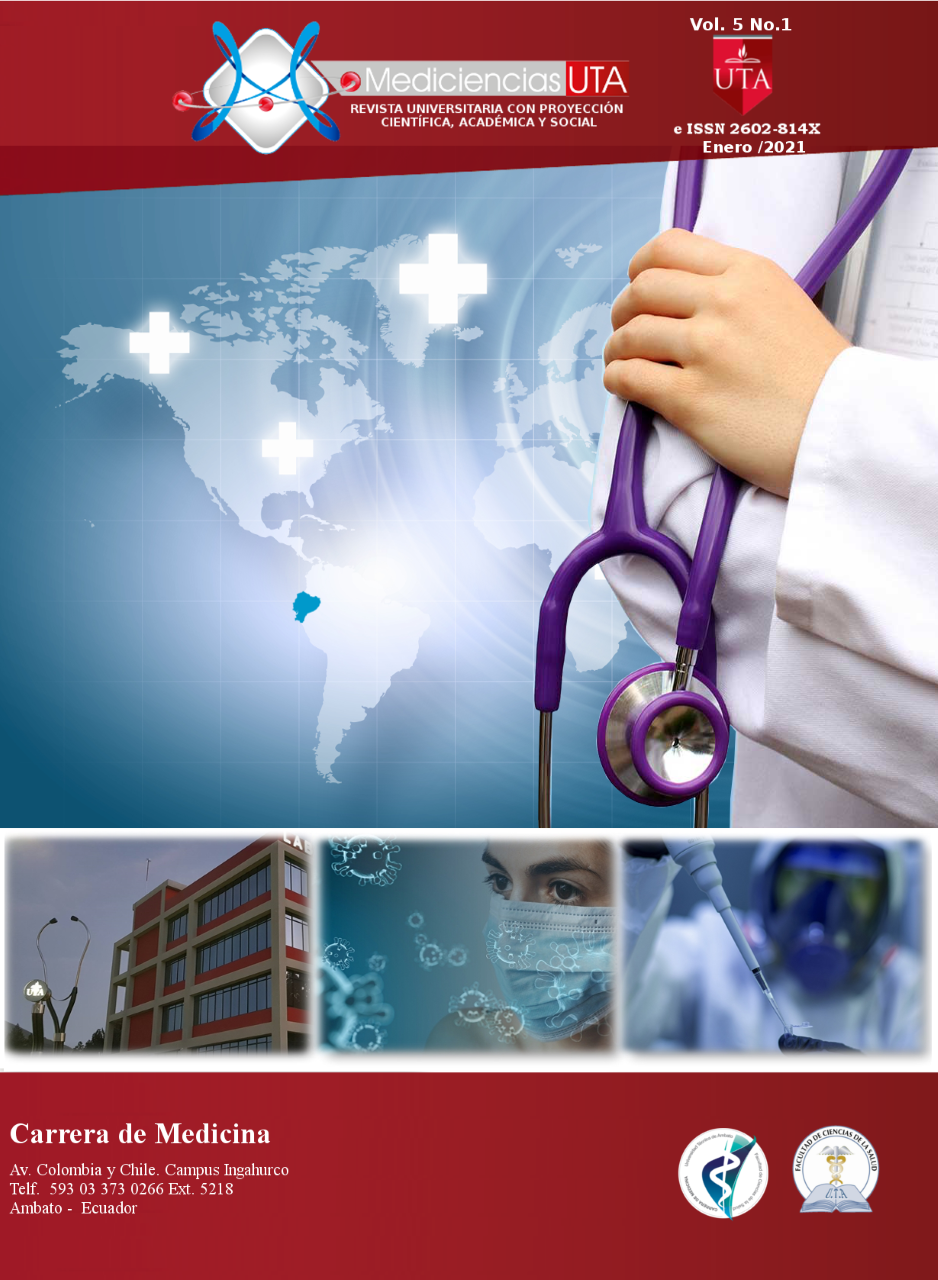Sedación en emergencias neonatales: ¿Es la dexmedetomidina el agente ideal?
Contenido principal del artículo
Resumen
Introducción: La dexmedetomidina es un fármaco altamente selectivo y potente alfa 2 agonista con propiedades analgésicas, amnésicas, sedativas y simpaticolíticos que la convierten en un agente auxiliar importante en procedimientos de emergencias. Las ventajas de la dexmedetomidina son únicas, produce sedación consciente y analgesia sin depresión respiratoria. Se ha reportado que posee efectos neuroprotectivos en varios modelos de lesión cerebral, sin embargo, hay incremento de la evidencia sobre efectos órgano protectivos contra la lesión isquémica e hipóxica, incluyendo cardioprotección y renoprotección. La neuroprotección beneficia a los neonatos y el retraso en la conducción cardíaca, un efecto adverso, puede resultar beneficioso para las arritmias posteriores a cirugía cardíaca congénita.
Objetivos: Proporcionar la mejor evidencia científica de la dexmedetomidina en relación a sus ventajas en el grupo de edad mencionado.
Material y Métodos: Se realizó una revisión sistemática de la literatura científica publicada en el período 2015–2020. Se realizó una búsqueda en los sitios a continuación utilizando los siguientes términos: “anesthesia”, “dexmedetomidine”, “newborn”, “sedation”, “mechanical ventilation”, “respiratory insufficiency”, “pharmacology”, “adverse effects” en bases de datos: Medline, Minerva Anestesiologica, The Journal of Pediatric Pharmacology and Therapeutics, Anesthesia & Analgesia, Pediatric Critical Care Medicine y Current Opinion in Anaesthesiology.
Resultados: La mejor evidencia científica sugiere que la dexmedetomidina es un agente de mucho potencial en la edad neonatal y pediátrica, para manejo de sedación con preservación de autonomía respiratoria, lo que la haría un agente ideal en este grupo de edad.
Conclusiones: Las ventajas teóricas de la dexmedetomidina en el grupo etario objetivo de estudio la convierte en un fármaco altamente útil, los neonatos son mayormente susceptibles a la depresión respiratoria por opioides o benzodiacepinas en la sedación por sus variaciones anatómicas y centro respiratorios superiores aún inmaduros, aunque su seguridad y eficacia no ha sido comprobado con grandes ensayos clínicos aleatorizados, se proyecta como una alternativa de calidad para la sedación en el grupo de edad descrito.



